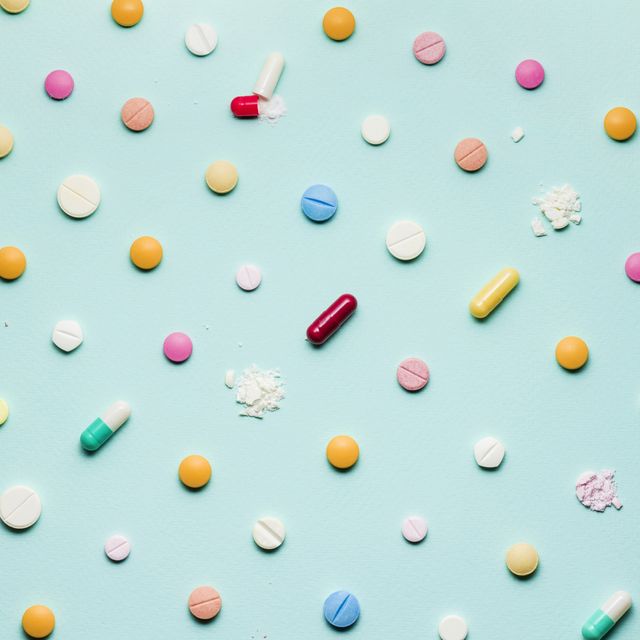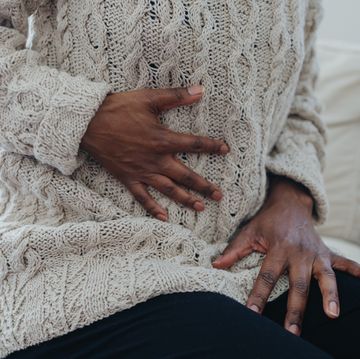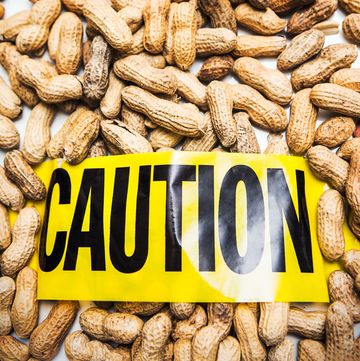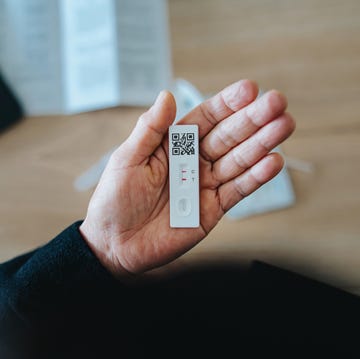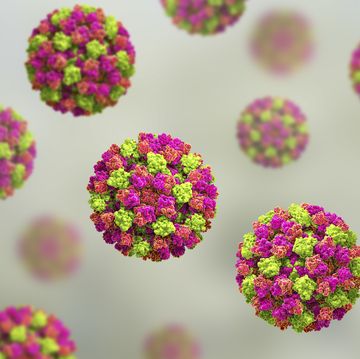What if someone told you that there was a cheap, drug-free, zero-side-effect treatment to heal what ailed you? You’d probably be skeptical yet curious, right?
Well, such a thing may already exist—the placebo effect, which is when a patient in a lab setting feels better after receiving treatment (such as a non-medicinal pill) he or she believes to be medicine. Scientists are eager to understand how this phenomenon works so they can one day harness its power.
And that day may not be too far off: In the not-so-distant future, we could see the placebo effect put to use in doctor’s offices and pharmacies. A growing body of research is beginning to dispel its bad rap—that you’re stupid or gullible for believing a “fake” drug works or, worse yet, that if it helps, you were never really sick at all.
“For a long time, placebos were stigmatized because they were thought to ‘work’ by tricking patients into believing they were receiving something real,” says Anne Harrington, PhD, a professor of the history of science at Harvard University and author of The Cure Within: A History of Mind-Body Medicine. “It was even suggested that people who reacted to them might be unusually submissive to authority or less intelligent than the rest of us.”
That’s no longer the case, thanks to scientific advancements like brain imaging and study after study showing that there are real physical and psychological responses involved in why patients respond. Here’s what we know so far, and what it could mean for the future of medicine.
How placebos can change the brain
The placebo effect first revealed itself in the middle of the 20th century, when placebos started being used in all clinical drug trials—any new medication needed to outperform the placebo to prove that it worked and was worth offering to patients. But it soon became obvious that the placebos themselves were having quite an impact on participants. “When one looked at the data, it was apparent that people taking the sugar pill were sometimes getting better too,” says Vania Apkarian, PhD, a professor at Northwestern University’s Feinberg School of Medicine. Once scientists began digging, it became clear that there wasn’t just one underlying reason.
Taking a placebo often works on pain because it activates the opiate pathways in the brain.
Conditioning (being told continuously and repeatedly that something helps you actually trains your brain to believe it does) and suggestion (when simply hearing that a shot is filled with drugs eases your pain despite the fact that there isn’t a drop of medication in it) can change your brain, which changes how it responds to pain. Conditioning, the field of neuroscience tells us, shifts the way neurotransmitters communicate with one another. “Every time you’ve been treated in the past and it worked, your brain created neural pathways associating the treatment with feeling better,” says Tor Wager, PhD, a professor of psychology and neuroscience at the University of Colorado in Boulder.
The expectation of feeling better
You’ve likely experienced this even if you’ve never been part of a research study: If you’ve ever taken an unproven home remedy and felt better, then the next time you tried it, it probably worked again, most likely because your brain remembered and told you it should. Other factors can strengthen this conditioning and the resulting expectations that lead to improvement. “If you are given a treatment and told that it might help, the suggestion alone can make you more open to positive changes and alter the narrative you tell yourself about your symptoms,” Wager adds. So if you tell yourself you’re feeling pretty good, that further reinforces how your brain responds.
Who you are also matters. People who experience the biggest placebo effect tend to be more aware of their own bodies and emotions, have low anxiety and high optimism, and
consider themselves open to the power of suggestion. Certain genes may also affect how individual brains respond, thus having an impact on susceptibility to placebos.
Easing pain, depression, and other symptoms
So far, health issues related to brain circuitry are emerging as the most promising areas for placebo application. “It can work on pain, depression, and some symptoms associated with Parkinson’s disease, because in those cases the mind is an adaptable and powerful controller of moods and emotions,” says Apkarian. But when it comes to things like
infections and cancer, a sugar pill won’t replace penicillin or chemo.
Consider pain relief, for instance: Taking a placebo often works on pain because it activates the opiate pathways in the brain, which are the same ones used to dull the ouch. But if you get in the way of those pathways (say, by giving a placebo-popping patient an opioid-blocking drug), the placebo no longer has a physical effect and stops working. And in the area of mental health, brain imaging has shown that placebos can interfere with neural pathways involved in producing feelings of emotional distress: In one study, after being told a nasal spray reduced emotional pain, people looked at a photo of an ex who’d recently broken up with them; even though the spray was a placebo, they reported feeling less sad. In another, subjects who were told that the color green was calming and then looked at the color green reported feeling calmer, likely because of suggestibility.
What we don't know about placebos
As promising as this understanding is, every study that reveals something new tends to raise more questions. This isn’t necessarily a bad thing, since the more we know, the more sophisticated treatments may eventually become. These questions include Can you combine a placebo with a traditional drug and get even better results? and Are there ways to boost the placebo response?
And then there’s probably the biggest mystery researchers are trying to solve: why some people respond to placebos while others don’t. “Who will show a response and how it can be predicted ahead of time are million-dollar questions,” says Wager. “And someone might respond in one situation, but not in another. Why?” As answers start to trickle in, the hope is that doctors will be able to predict who will respond and perhaps turn a person who doesn’t into one who does, expanding the potential placebos hold.
The latest phase of research involves “open-label,” or “honest,” placebo trials, in which patients are told outright that they’re receiving a drug-free treatment. This is, among other things, an attempt to erase the ethical dilemma of deceiving patients in order to find out whether a drug is effective. For example, one study on IBS and another on migraine patients have seen successful results; participants were told from the get-go that their treatment had no medicine, but they still felt better. These kinds of studies will provide doctors with the clinical data they need to show their patients that the placebo effect is real and allow them to offer a drug-free option if a person is interested in it. “It’s very exciting to see evidence that open-label placebos work,” says Apkarian. “We are still at the beginning of knowing how to use them, but the implication is really big.”
This article was originally published in the September 2019 issue of Prevention.
Like what you just read? You’ll love our magazine! Go here to subscribe. Don’t miss a thing by downloading Apple News here and following Prevention. Oh, and we’re on Instagram too.
